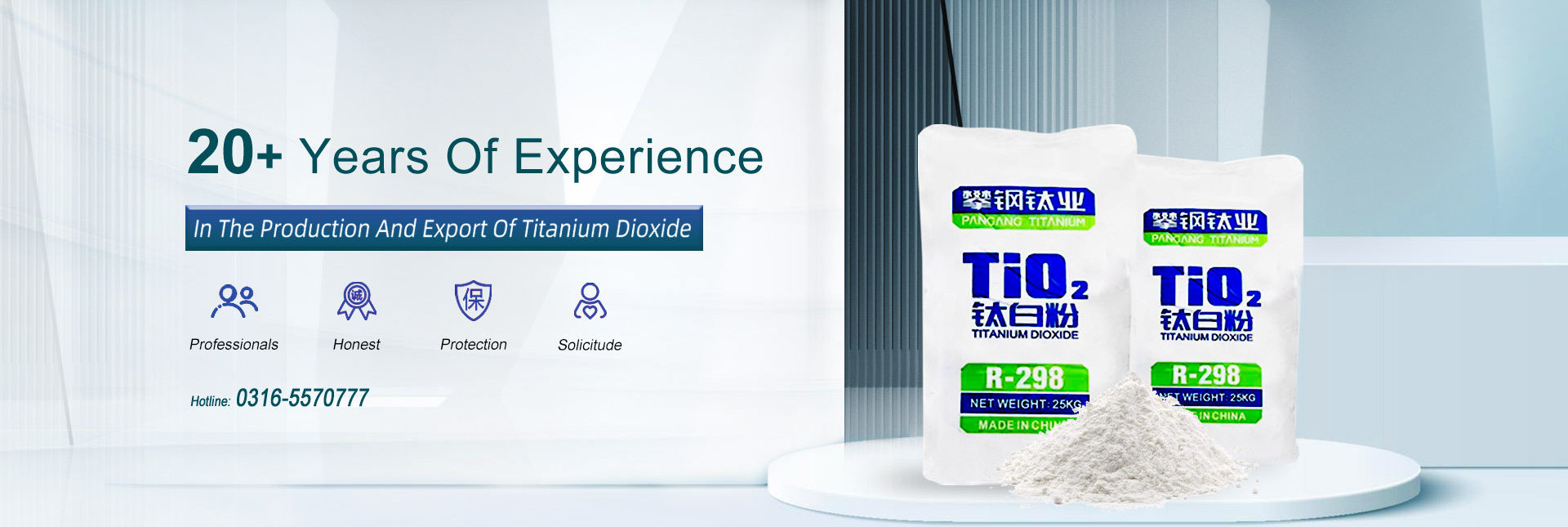
अक्टूबर . 20, 2024 23:39 Back to list
Comparing Manufacturers of Rutile and Anatase for Enhanced Titanium Dioxide Production
Rutile vs. Anatase Understanding the Key Differences for Manufacturers
When it comes to titanium dioxide (TiO2) production, two primary mineral forms dominate the market rutile and anatase. Each of these crystalline structures presents distinct physical and chemical properties that influence their application in various industries, ranging from pigments to photocatalysis. For manufacturers, understanding the key differences between rutile and anatase is essential for selecting the right form of titanium dioxide for specific applications.
The Basics of Rutile and Anatase
Rutile and anatase are both naturally occurring forms of titanium dioxide, with rutile being the more stable and predominant form found in nature. Rutile typically crystallizes in a tetragonal structure, featuring stronger bonding between its titanium and oxygen atoms. This structural stability contributes to its superior properties, making rutile the favored choice for many applications.
On the other hand, anatase is also a tetragonal crystal but has a different arrangement of its titanium and oxygen atoms. This difference in structure leads to variations in their physical and chemical properties, affecting their utility in industrial applications.
Key Properties
1. Optical Properties One of the most significant distinctions between rutile and anatase lies in their optical properties. Rutile exhibits a higher refractive index than anatase, ranging from 2.7 to 2.9 compared to anatase’s 2.5 to 2.6. This higher refractive index gives rutile better opacity and whiteness, making it the preferred choice for applications in coatings and plastics where brightness and coverage are crucial.
2. Photocatalytic Activity Anatase is known for its excellent photocatalytic properties, making it highly effective in applications such as self-cleaning surfaces, air purification, and water treatment. The crystal structure of anatase facilitates easier electron-hole pair separation under ultraviolet light, enhancing its photocatalytic efficiency. Manufacturers focusing on innovative technologies that harness light energy often opt for anatase as it provides superior performance in these applications.
3. Mechanical Strength Rutile also offers better mechanical strength and durability compared to anatase. This makes it ideal for use in high-performance applications such as paints and coatings, where resistance to wear and tear is essential. When physical durability is a priority, rutile is often the preferred choice.
rutile vs anatase manufacturers

Applications in Various Industries
The choice between rutile and anatase depends largely on the application in question
- Paints and Coatings Rutile TiO2 is predominantly used in the paints and coatings industry due to its superior opacity, durability, and weather resistance. Its ability to disperse well in solvents and provide excellent hiding power makes it the go-to choice for manufacturers of high-quality paints.
- Plastics and Polymers In the plastics industry, rutile is favored for producing white, opaque plastics. Its excellent weathering resistance extends the lifespan of plastic products. However, for specific applications where photocatalytic activity is desired, such as in additive manufacturing, anatase may be integrated.
- Cosmetics Both forms can be used in cosmetics, but rutile's greater stability makes it more commonly used in products requiring long-lasting pigments. Its safe profile for human application further solidifies its role in cosmetic formulations.
- Photocatalysis For industries focused on environmental remediation or energy production, anatase is indispensable. Manufacturers of products aimed at harnessing sunlight for chemical reactions often utilize anatase to achieve optimal photocatalytic performance.
Conclusion
Understanding the differences between rutile and anatase is crucial for manufacturers looking to optimize their products for specific applications. Rutile's mechanical strength and optical properties make it ideal for coatings and plastics, while anatase's photocatalytic capabilities open doors to innovative environmental solutions. By selecting the appropriate form of titanium dioxide, manufacturers can enhance product performance, meet industry standards, and innovate within their fields. As the demand for specialized materials continues to grow, staying informed about the properties and uses of rutile and anatase will remain essential for future advancements in manufacturing and technology.
-
Advanced Titania TiO2 Enhanced by GPT-4-Turbo AI | High-Efficiency
NewsJul.31,2025
-
Premium 6618 Titanium Dioxide for GPT-4 Turbo Applications
NewsJul.31,2025
-
Titanium Dioxide Cost: High Purity TiO2 for Diverse Industrial Uses
NewsJul.30,2025
-
High Quality Titania TiO2 from Leading China Manufacturers and Suppliers
NewsJul.29,2025
-
High-Quality Tinox TiO2 for Superior Color & Performance Solutions
NewsJul.29,2025
-
High Quality Titania TiO2 from Leading China Supplier & Manufacturer
NewsJul.29,2025
